Chrysler 2013 Annual Report Download - page 135
Download and view the complete annual report
Please find page 135 of the 2013 Chrysler annual report below. You can navigate through the pages in the report by either clicking on the pages listed below, or by using the keyword search tool below to find specific information within the annual report.-
 1
1 -
 2
2 -
 3
3 -
 4
4 -
 5
5 -
 6
6 -
 7
7 -
 8
8 -
 9
9 -
 10
10 -
 11
11 -
 12
12 -
 13
13 -
 14
14 -
 15
15 -
 16
16 -
 17
17 -
 18
18 -
 19
19 -
 20
20 -
 21
21 -
 22
22 -
 23
23 -
 24
24 -
 25
25 -
 26
26 -
 27
27 -
 28
28 -
 29
29 -
 30
30 -
 31
31 -
 32
32 -
 33
33 -
 34
34 -
 35
35 -
 36
36 -
 37
37 -
 38
38 -
 39
39 -
 40
40 -
 41
41 -
 42
42 -
 43
43 -
 44
44 -
 45
45 -
 46
46 -
 47
47 -
 48
48 -
 49
49 -
 50
50 -
 51
51 -
 52
52 -
 53
53 -
 54
54 -
 55
55 -
 56
56 -
 57
57 -
 58
58 -
 59
59 -
 60
60 -
 61
61 -
 62
62 -
 63
63 -
 64
64 -
 65
65 -
 66
66 -
 67
67 -
 68
68 -
 69
69 -
 70
70 -
 71
71 -
 72
72 -
 73
73 -
 74
74 -
 75
75 -
 76
76 -
 77
77 -
 78
78 -
 79
79 -
 80
80 -
 81
81 -
 82
82 -
 83
83 -
 84
84 -
 85
85 -
 86
86 -
 87
87 -
 88
88 -
 89
89 -
 90
90 -
 91
91 -
 92
92 -
 93
93 -
 94
94 -
 95
95 -
 96
96 -
 97
97 -
 98
98 -
 99
99 -
 100
100 -
 101
101 -
 102
102 -
 103
103 -
 104
104 -
 105
105 -
 106
106 -
 107
107 -
 108
108 -
 109
109 -
 110
110 -
 111
111 -
 112
112 -
 113
113 -
 114
114 -
 115
115 -
 116
116 -
 117
117 -
 118
118 -
 119
119 -
 120
120 -
 121
121 -
 122
122 -
 123
123 -
 124
124 -
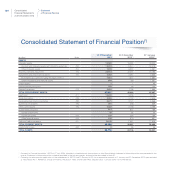 125
125 -
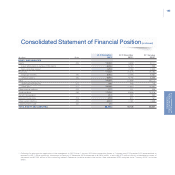 126
126 -
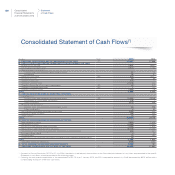 127
127 -
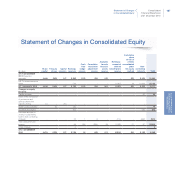 128
128 -
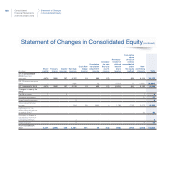 129
129 -
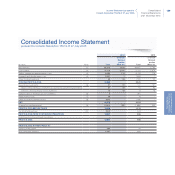 130
130 -
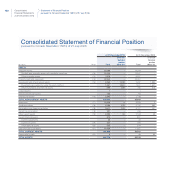 131
131 -
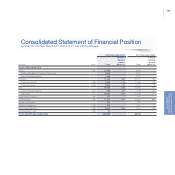 132
132 -
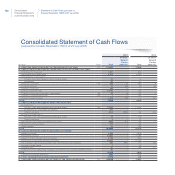 133
133 -
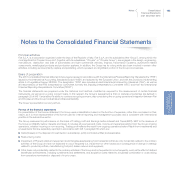 134
134 -
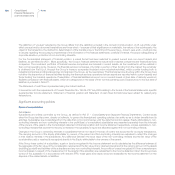 135
135 -
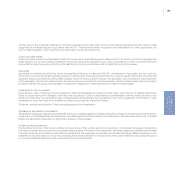 136
136 -
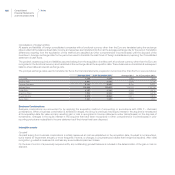 137
137 -
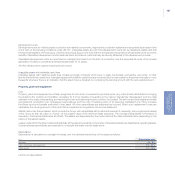 138
138 -
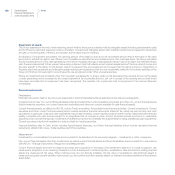 139
139 -
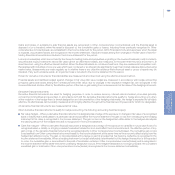 140
140 -
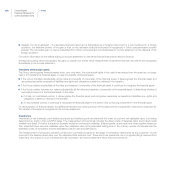 141
141 -
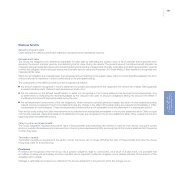 142
142 -
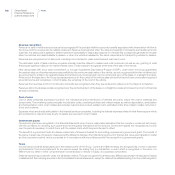 143
143 -
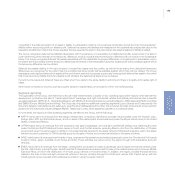 144
144 -
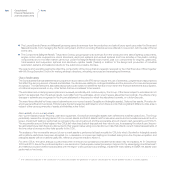 145
145 -
 146
146 -
 147
147 -
 148
148 -
 149
149 -
 150
150 -
 151
151 -
 152
152 -
 153
153 -
 154
154 -
 155
155 -
 156
156 -
 157
157 -
 158
158 -
 159
159 -
 160
160 -
 161
161 -
 162
162 -
 163
163 -
 164
164 -
 165
165 -
 166
166 -
 167
167 -
 168
168 -
 169
169 -
 170
170 -
 171
171 -
 172
172 -
 173
173 -
 174
174 -
 175
175 -
 176
176 -
 177
177 -
 178
178 -
 179
179 -
 180
180 -
 181
181 -
 182
182 -
 183
183 -
 184
184 -
 185
185 -
 186
186 -
 187
187 -
 188
188 -
 189
189 -
 190
190 -
 191
191 -
 192
192 -
 193
193 -
 194
194 -
 195
195 -
 196
196 -
 197
197 -
 198
198 -
 199
199 -
 200
200 -
 201
201 -
 202
202 -
 203
203 -
 204
204 -
 205
205 -
 206
206 -
 207
207 -
 208
208 -
 209
209 -
 210
210 -
 211
211 -
 212
212 -
 213
213 -
 214
214 -
 215
215 -
 216
216 -
 217
217 -
 218
218 -
 219
219 -
 220
220 -
 221
221 -
 222
222 -
 223
223 -
 224
224 -
 225
225 -
 226
226 -
 227
227 -
 228
228 -
 229
229 -
 230
230 -
 231
231 -
 232
232 -
 233
233 -
 234
234 -
 235
235 -
 236
236 -
 237
237 -
 238
238 -
 239
239 -
 240
240 -
 241
241 -
 242
242 -
 243
243 -
 244
244 -
 245
245 -
 246
246 -
 247
247 -
 248
248 -
 249
249 -
 250
250 -
 251
251 -
 252
252 -
 253
253 -
 254
254 -
 255
255 -
 256
256 -
 257
257 -
 258
258 -
 259
259 -
 260
260 -
 261
261 -
 262
262 -
 263
263 -
 264
264 -
 265
265 -
 266
266 -
 267
267 -
 268
268 -
 269
269 -
 270
270 -
 271
271 -
 272
272 -
 273
273 -
 274
274 -
 275
275 -
 276
276 -
 277
277 -
 278
278 -
 279
279 -
 280
280 -
 281
281 -
 282
282 -
 283
283 -
 284
284 -
 285
285 -
 286
286 -
 287
287 -
 288
288 -
 289
289 -
 290
290 -
 291
291 -
 292
292 -
 293
293 -
 294
294 -
 295
295 -
 296
296 -
 297
297 -
 298
298 -
 299
299 -
 300
300 -
 301
301 -
 302
302 -
 303
303 -
 304
304 -
 305
305 -
 306
306 -
 307
307 -
 308
308 -
 309
309 -
 310
310 -
 311
311 -
 312
312 -
 313
313 -
 314
314 -
 315
315 -
 316
316 -
 317
317 -
 318
318 -
 319
319 -
 320
320 -
 321
321 -
 322
322 -
 323
323 -
 324
324 -
 325
325 -
 326
326 -
 327
327 -
 328
328 -
 329
329 -
 330
330 -
 331
331 -
 332
332 -
 333
333 -
 334
334 -
 335
335 -
 336
336 -
 337
337 -
 338
338 -
 339
339 -
 340
340 -
 341
341 -
 342
342 -
 343
343 -
 344
344 -
 345
345 -
 346
346 -
 347
347 -
 348
348 -
 349
349 -
 350
350 -
 351
351 -
 352
352 -
 353
353 -
 354
354 -
 355
355 -
 356
356 -
 357
357 -
 358
358 -
 359
359 -
 360
360 -
 361
361 -
 362
362 -
 363
363 -
 364
364 -
 365
365 -
 366
366
 |
 |

134 Consolidated
Financial Statements
at 31 December 2013
Notes
The definition of “unusual” adopted by the Group differs from the definition provided in the Consob Communication of 28 July 2006, under
which unusual and/or abnormal transactions are those which – because of their significance or materiality, the nature of the counterparty, the
object of the transaction, the method for determination of the transfer price or the timing of the event (e.g., close to year-end) – could give rise
to doubts regarding the accuracy/completeness of the information in the financial statements, conflicts of interest, the proper safeguarding of
corporate assets or protection of non-controlling interests.
For the Consolidated statement of financial position, a mixed format has been selected to present current and non-current assets and
liabilities, as permitted by IAS 1. More specifically, the Group’s financial statements include both industrial companies and financial services
companies. The investment portfolios of financial services companies are included in current assets, as the investments will be realized in
their normal operating cycle. However, the financial services companies only obtain a portion of their funding from the market; the remainder
is obtained from Fiat S.p.A. through the Group’s treasury companies (included under industrial activities), which provide funding both to
industrial companies and financial services companies in the Group, as the need arises. This financial service structure within the Group does
not allow the separation of financial liabilities funding the financial services operations (whose assets are reported within current assets) and
those funding the industrial operations. Presentation of financial liabilities as current or non-current based on their date of maturity would not
facilitate comparison with financial assets, which are categorized on the basis of their normal operating cycle. Disclosure as to the due date of
liabilities is provided in Note 27.
The Statement of cash flows is presented using the indirect method.
In connection with the requirements of Consob Resolution No. 15519 of 27 July 2006 relating to the format of the financial statements, specific
supplementary Income statement, Statement of financial position and Statement of cash flows formats have been added for related party
transactions.
Significant accounting policies
Basis of consolidation
Subsidiaries
Subsidiaries are entities controlled by the Group, as defined in IAS 27 – Consolidated and Separate Financial Statements. Control exists
when the Group has the power, directly or indirectly, to govern the financial and operating policies of an entity so as to obtain benefits from its
activities. Subsidiaries are consolidated from the date that control commences until the date that control ceases. Equity attributable to non-
controlling interests and non-controlling interests in the profit/(loss) of consolidated subsidiaries are presented separately from the interests
of the owners of the parent in the Consolidated statement of financial position and Income statement respectively. Losses applicable to non-
controlling interests that exceed the minority’s interests in the subsidiary’s equity are allocated against the non-controlling interests.
Changes in the Group’s ownership interests in subsidiaries that do not result in the loss of control are accounted for as equity transactions.
The carrying amounts of the Equity attributable to owners of the parent and Non-controlling interests are adjusted to reflect the changes
in their relative interests in the subsidiaries. Any difference between the book value of the non-controlling interests and the fair value of the
consideration paid or received is recognized directly in the Equity attributable to the owners of the parent.
If the Group loses control of a subsidiary, a gain or loss is recognized in the Income statement and is calculated as the difference between (i)
the aggregate of the fair value of the consideration received and the fair value of any retained interest and (ii) the carrying amount of the assets
(including goodwill) and liabilities of the subsidiary and any non-controlling interests. Any profits or losses recognized in Other comprehensive
income/(losses) in respect of the measurement of the assets of the subsidiary are reclassified to the Income statement when the Group loses
control of the subsidiary if, in accordance with relevant IFRS, these gains and losses would be reclassified to the Income statement on the
disposal of the related assets or liabilities.
